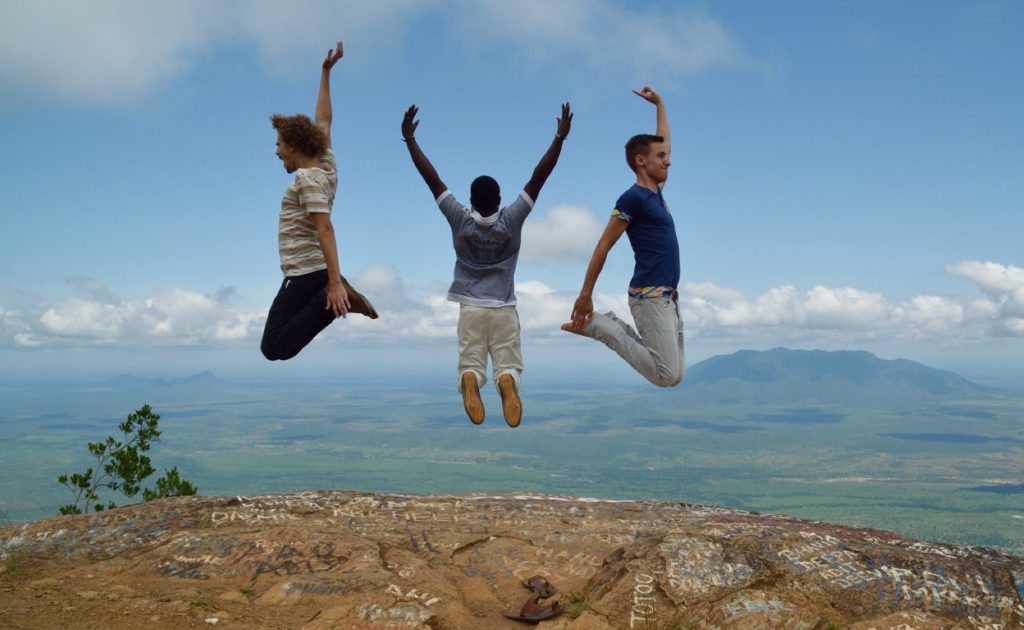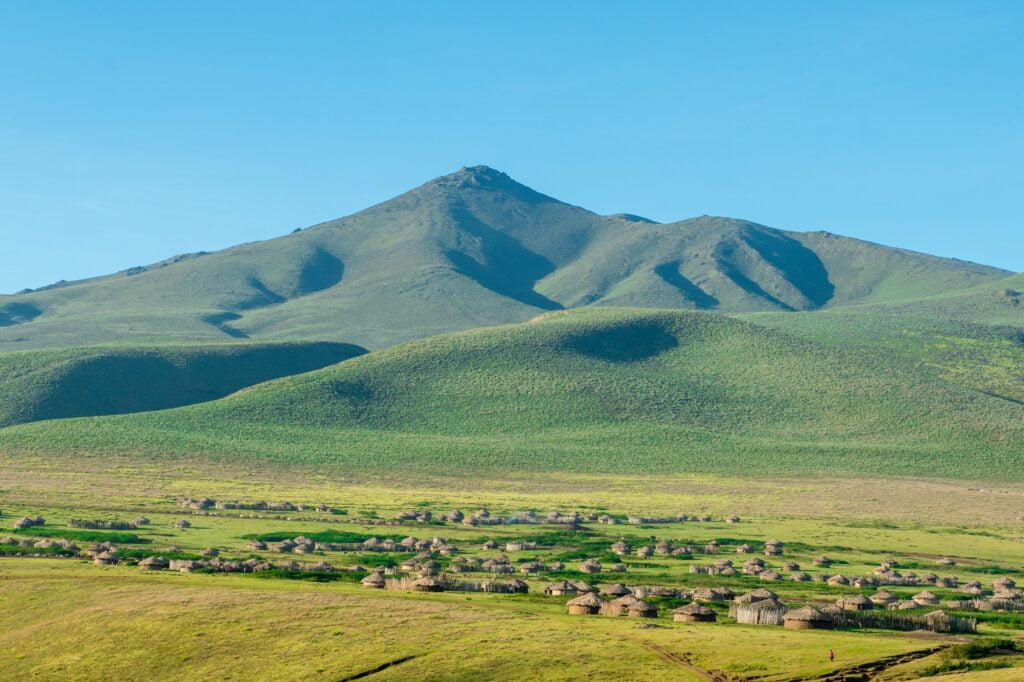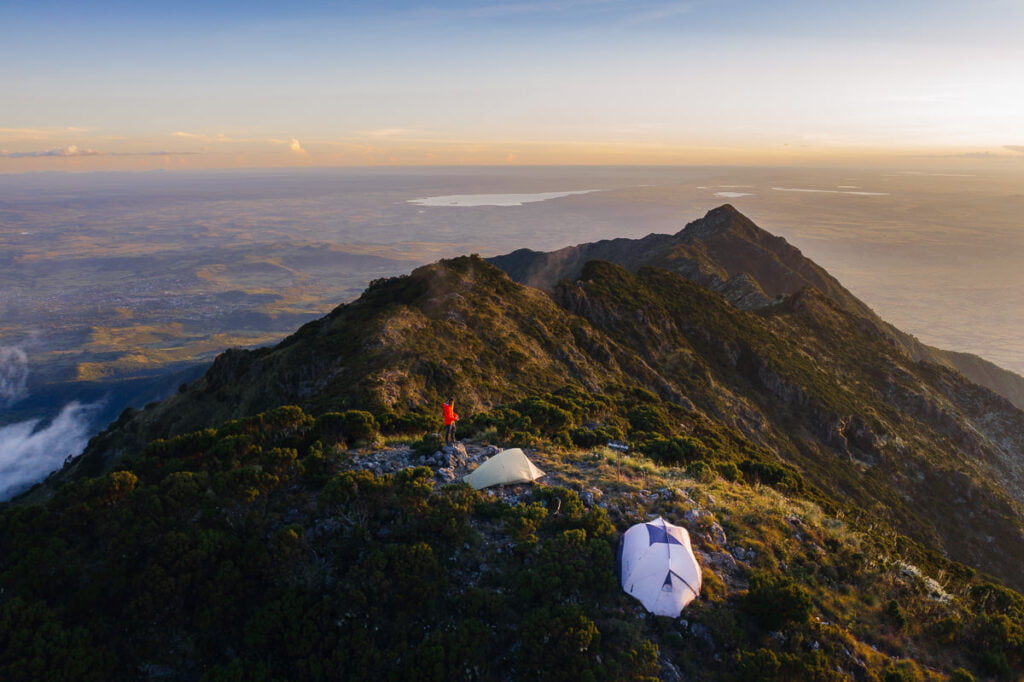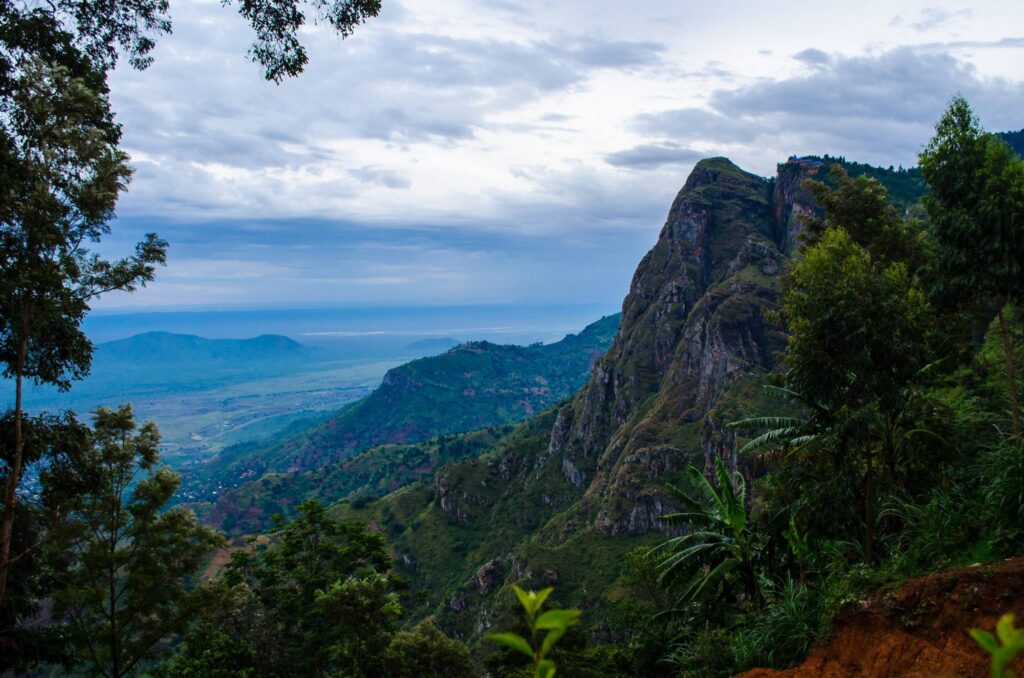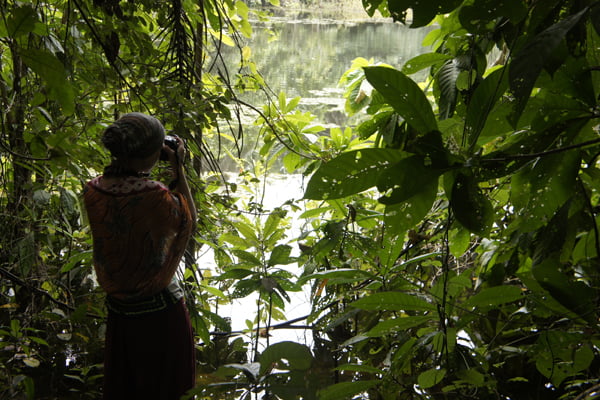Trekking Photography: Capture Africa’s Untamed Beauty
Trekking through Africa’s diverse landscapes offers unparalleled opportunities for photography enthusiasts. From sweeping savannas and towering mountains to vibrant wildlife and indigenous cultures, Africa is a treasure trove for stunning visuals. In this blog post, Future African Safari provides essential tips and insights on how to capture the essence of your African trekking adventure through photography. Contact Today 1. Essential Photography Gear for Trekking Adventures Camera Choices: DSLRs and Mirrorless Cameras: Ideal for high-quality images and versatility in various lighting conditions. Compact Cameras: Lightweight and portable, suitable for trekkers who prefer minimal gear. Smartphones: Modern smartphones boast impressive camera capabilities, making them a convenient option for spontaneous shots. Lenses: Wide-Angle Lens: Perfect for capturing expansive landscapes and dramatic skies. Telephoto Lens: Essential for photographing wildlife from a safe distance without disturbing them. Prime Lens: Great for low-light conditions and achieving sharp, detailed images. Accessories: Tripod: Provides stability for long exposures and low-light photography. Extra Batteries and Memory Cards: Ensure you have enough power and storage for uninterrupted shooting. Protective Gear: Waterproof camera bags and lens covers protect your equipment from the elements. Book Today 2. Mastering Composition in African Landscapes Rule of Thirds: Divide your frame into a 3×3 grid and place key elements along the lines or intersections to create balanced and engaging compositions. Leading Lines: Use natural lines like rivers, trails, or mountain ridges to guide the viewer’s eye through the photograph. Framing: Incorporate elements like trees, rocks, or archways to frame your subject, adding depth and context to your images. Foreground Interest: Include objects in the foreground to add dimension and make your landscape photos more dynamic. 3. Wildlife Photography Tips: Capturing Africa’s Majestic Animals Patience and Observation: Spend time observing animal behavior to anticipate moments of action or interaction, increasing your chances of capturing unique shots. Respect Wildlife: Maintain a safe distance to avoid disturbing animals and ensure both your safety and theirs. Use Fast Shutter Speeds: To freeze motion and capture sharp images of moving wildlife, use faster shutter speeds. Focus on the Eyes: Ensure the animal’s eyes are in sharp focus to create a connection with the viewer and bring your subject to life. 4. Landscape Photography: Showcasing Africa’s Diverse Ecosystems Golden Hours: Shoot during sunrise and sunset when the light is soft and warm, enhancing the natural beauty of landscapes. Weather Conditions: Embrace diverse weather, such as dramatic clouds, rainbows, or fog, to add mood and interest to your landscape photos. Panoramic Shots: Capture the vastness of Africa’s landscapes by stitching multiple images together to create panoramic views. Vertical vs. Horizontal: Experiment with different orientations to highlight specific features of the landscape, whether it’s a towering mountain or an expansive savanna. 5. Cultural Photography: Respectfully Capturing Indigenous Communities Seek Permission: Always ask for consent before photographing individuals or communities to respect their privacy and cultural sensitivities. Be Mindful of Traditions: Understand and adhere to local customs and protocols related to photography to build trust and ensure respectful interactions. Tell a Story: Focus on capturing moments that reflect the daily lives, traditions, and stories of the people you encounter, providing a deeper insight into their culture. Engage with Subjects: Building rapport with your subjects can lead to more authentic and meaningful photographs, enhancing the storytelling aspect of your images. Capturing the beauty and spirit of Africa through photography enriches your trekking experience and preserves unforgettable memories. With the right gear, techniques, and respectful approach, you can create stunning visuals that showcase the continent’s untamed landscapes and vibrant wildlife. At Future African Safari, we encourage our trekkers to embrace their inner photographer and document their adventures in Africa’s breathtaking environments. Ready to capture your African journey? Contact us today to plan a trek that caters to your photography aspirations! Kilimanjaro 3 tours Safari 9 tours Zanzibar 3 tours
Trekking Photography: Capture Africa’s Untamed Beauty Read More »

